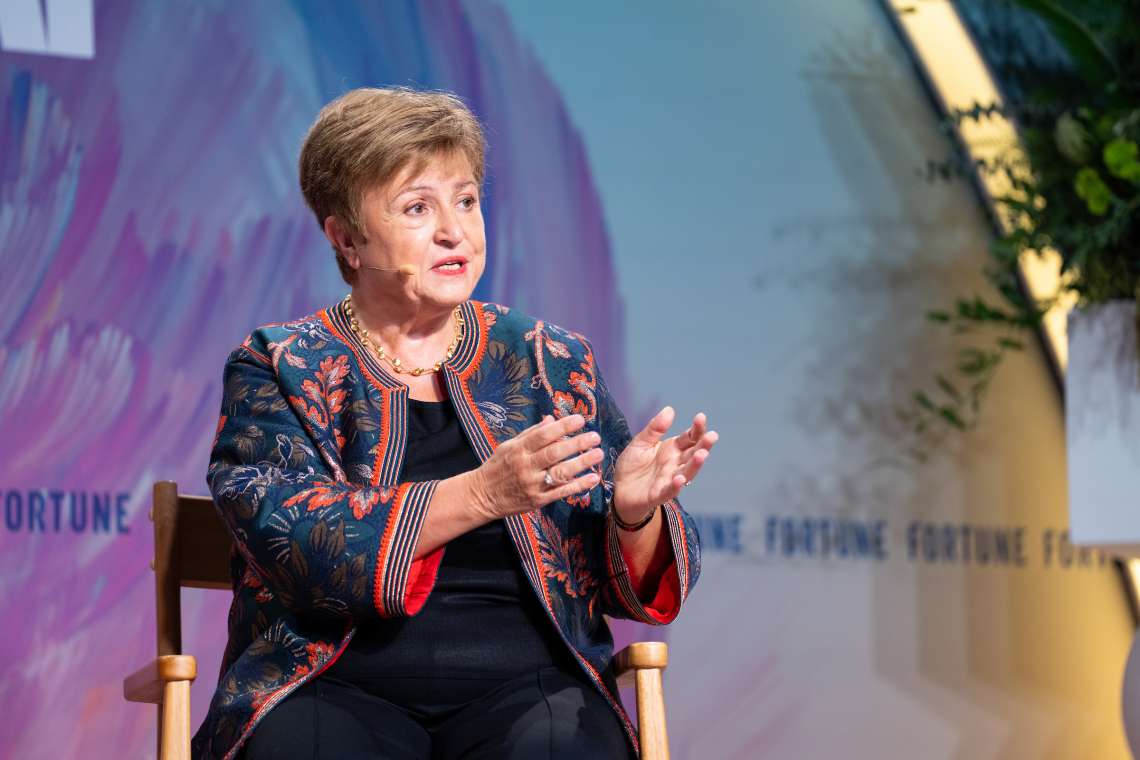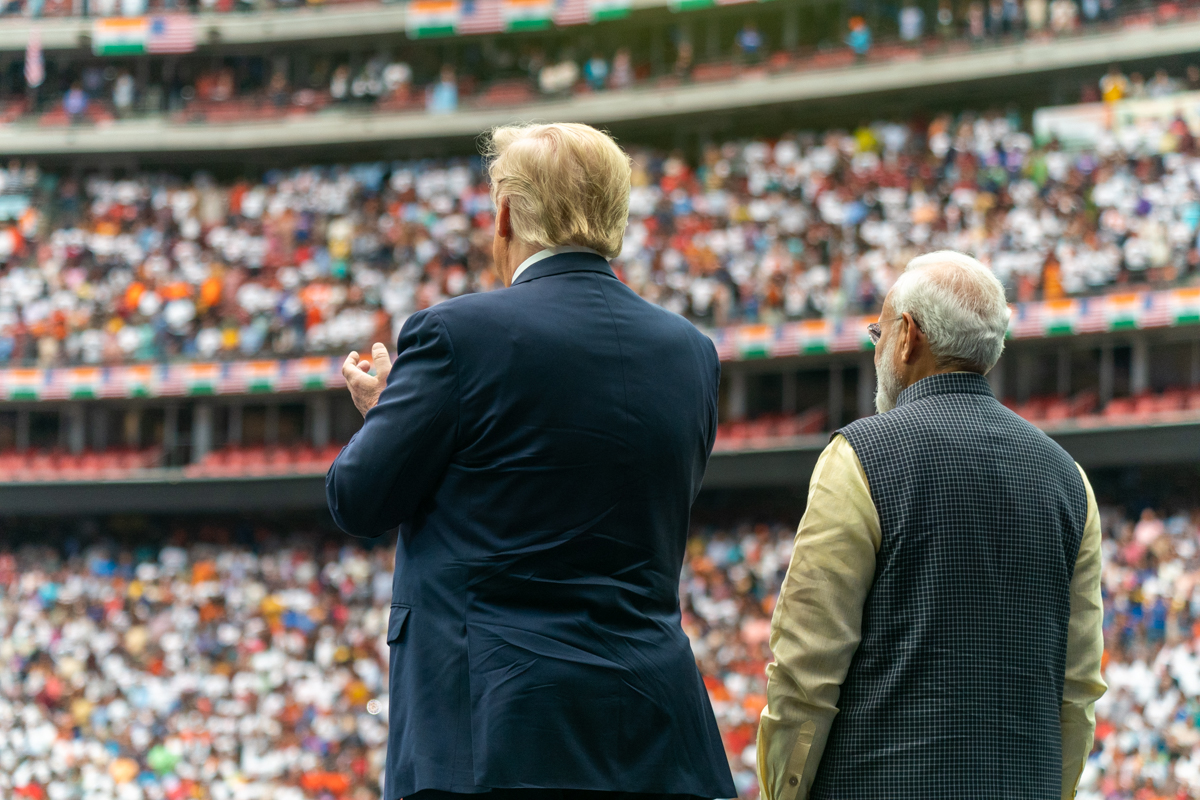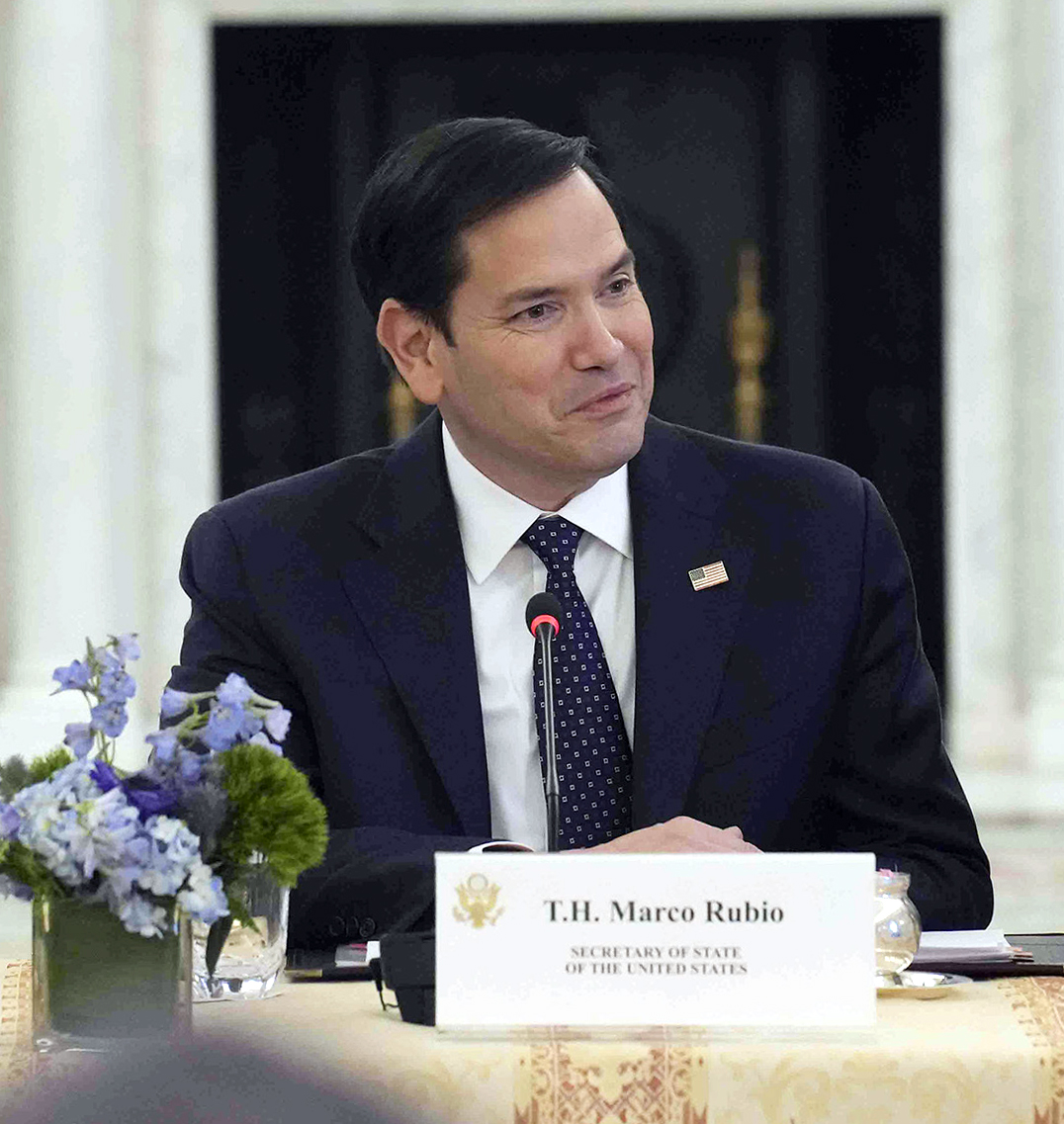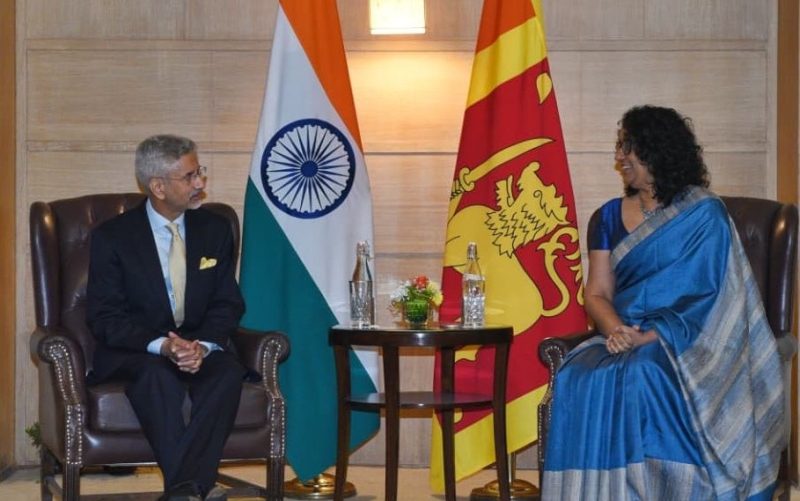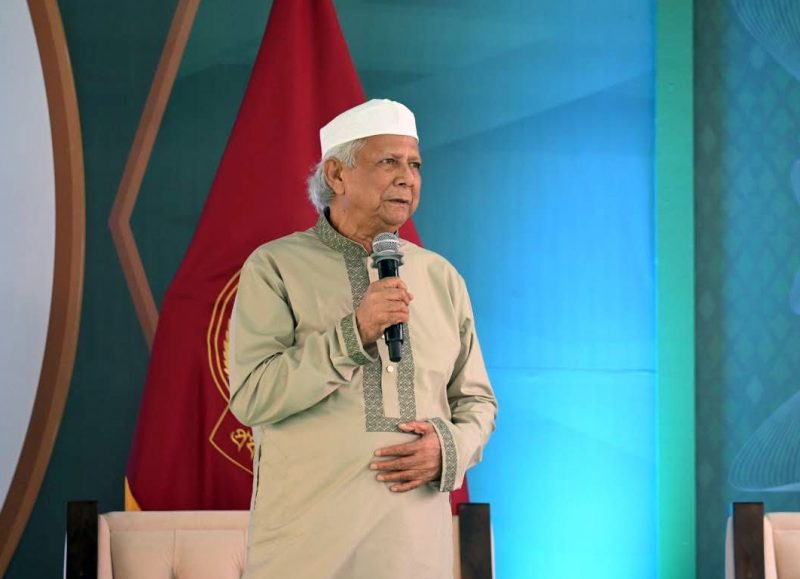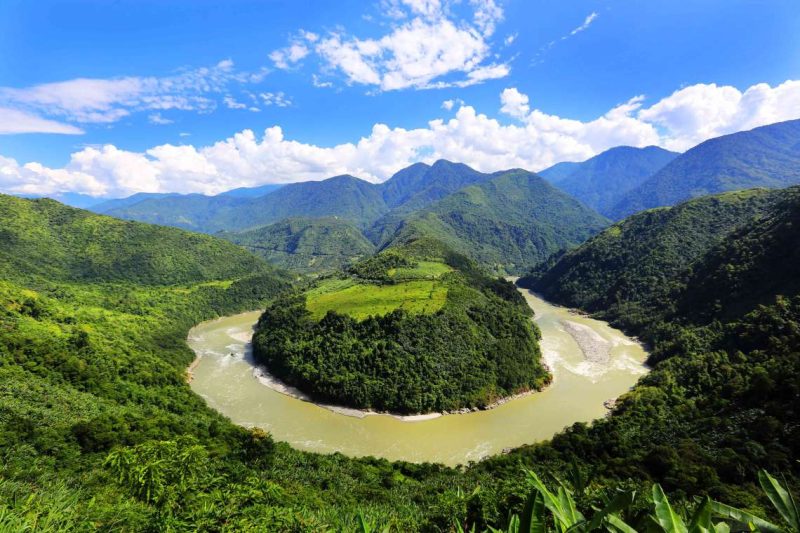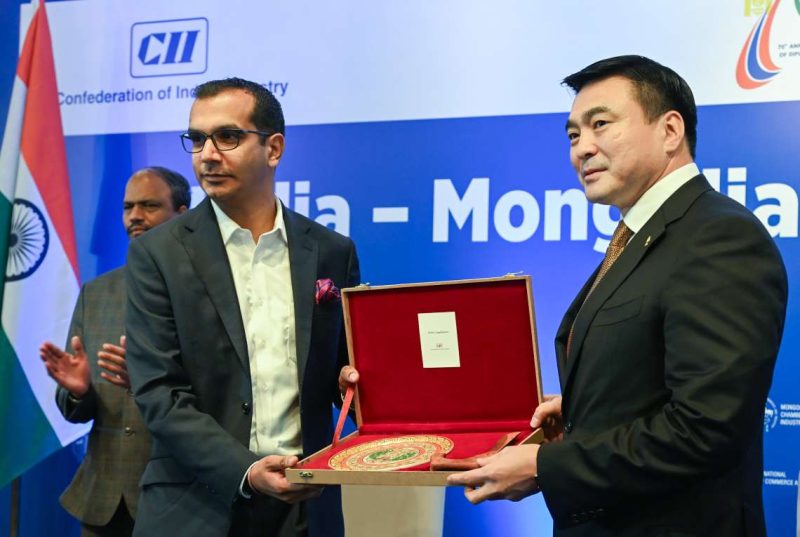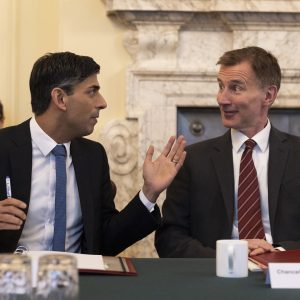At the heart of this transformation is India’s youth—a demographic powerhouse with over 65% of the population under 35….reports Asian Lite News
The journey from 1947’s independence, through the trauma of Partition, to today’s status as the world’s fifth-largest economy has been a story of defiance and reinvention. India defied the predictions of collapse, rebuilt its institutions, and invested in science, technology, and education. Today, it leads in sectors from space exploration to pharmaceuticals and digital innovation. The UPI payment system has revolutionized financial inclusion, making India a global fintech model, while its manufacturing and IT industries anchor its economic surge.
At the heart of this transformation is India’s youth—a demographic powerhouse with over 65% of the population under 35. Confident, entrepreneurial, and digitally fluent, they are less concerned with Western approval than with building an Indian century on Indian terms. This energy fuels start-ups, drives consumer markets, and powers India’s role as the fastest-growing major economy.
India’s soft power spreads without the machinery of state propaganda. Yoga inspires wellness movements in every continent; Bollywood’s music and dance bridge cultures; ancient spiritual traditions offer meaning in a restless, hyper-connected world. This cultural influence operates organically, rooted in authenticity rather than strategic export.
Strategically, India maintains a policy of non-alignment, trading with Russia, collaborating with the U.S., engaging with Iran and China—always on its own terms. This independence makes India a vital balancing force in a fragmented global order.
India’s democracy is noisy, messy, and passionate—fuelled not by elite consensus but by the voices of over a billion citizens. It is this democratic dynamism, combined with civilizational depth and youthful ambition, that makes India not only a rising economic power but also an indestructible idea—reshaping the global chessboard for decades to come.



